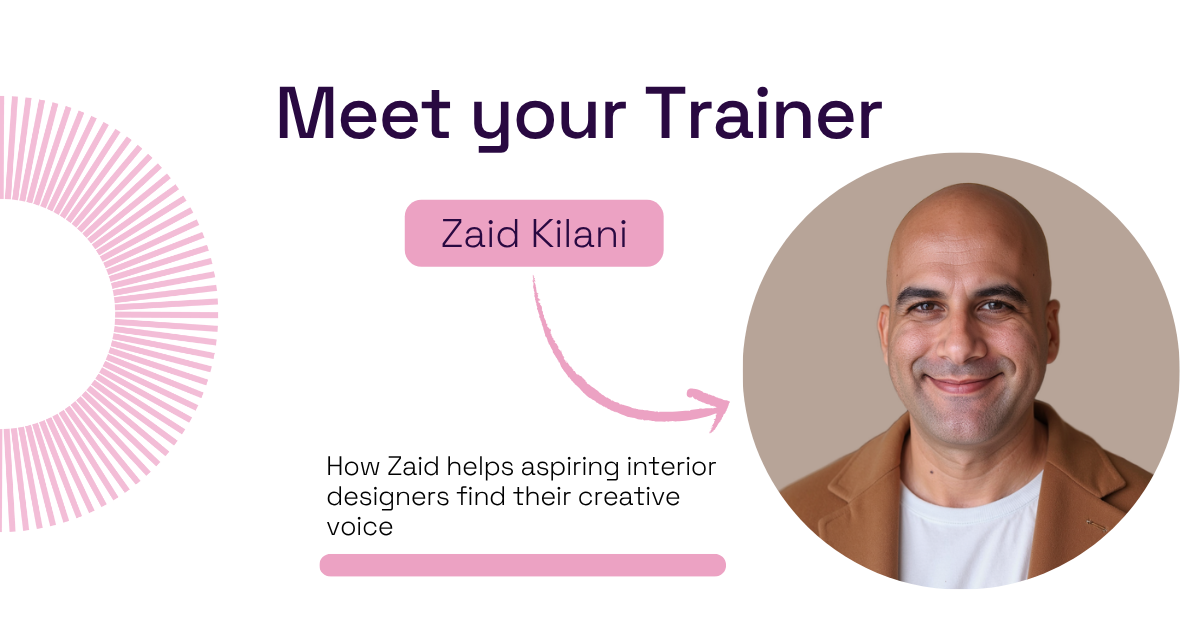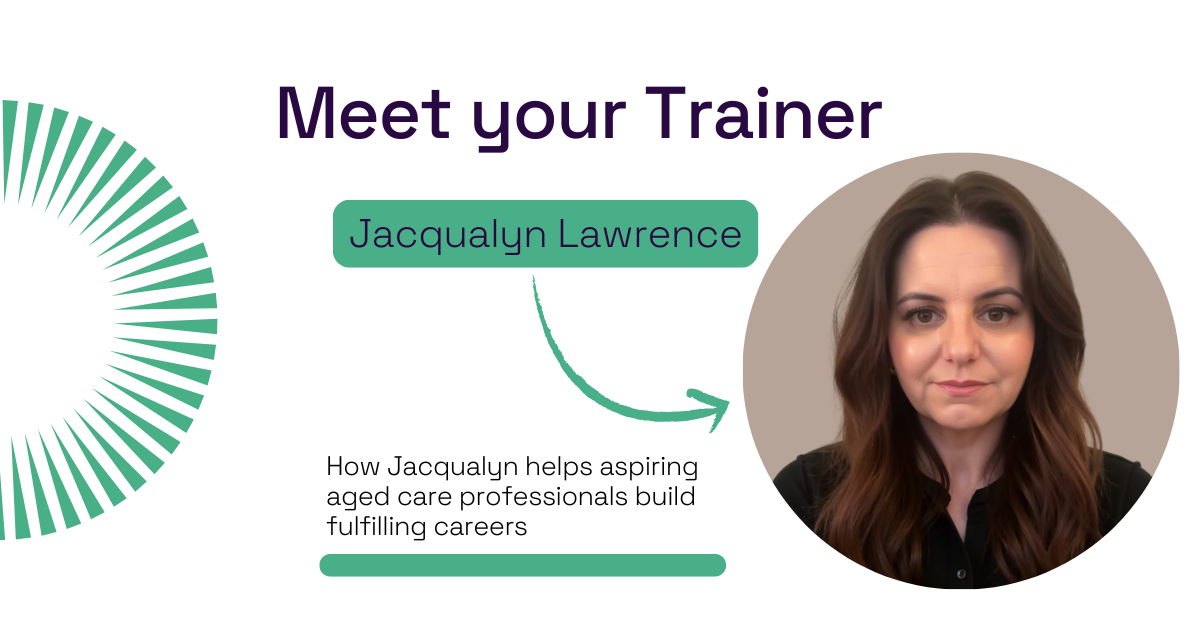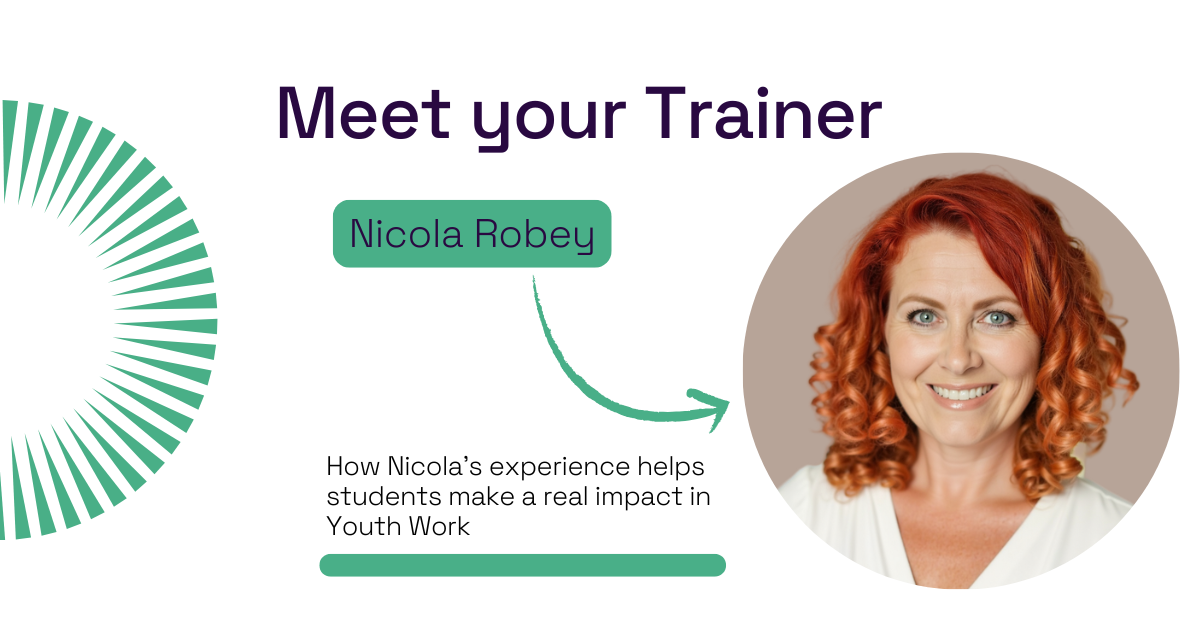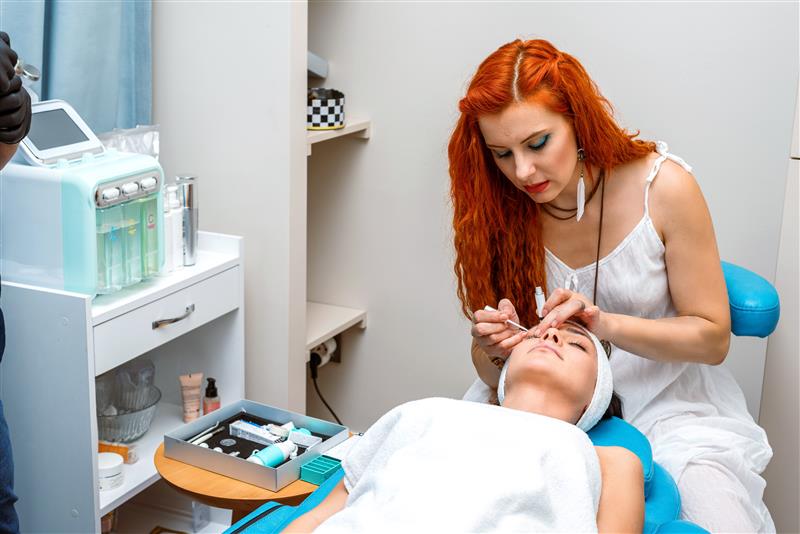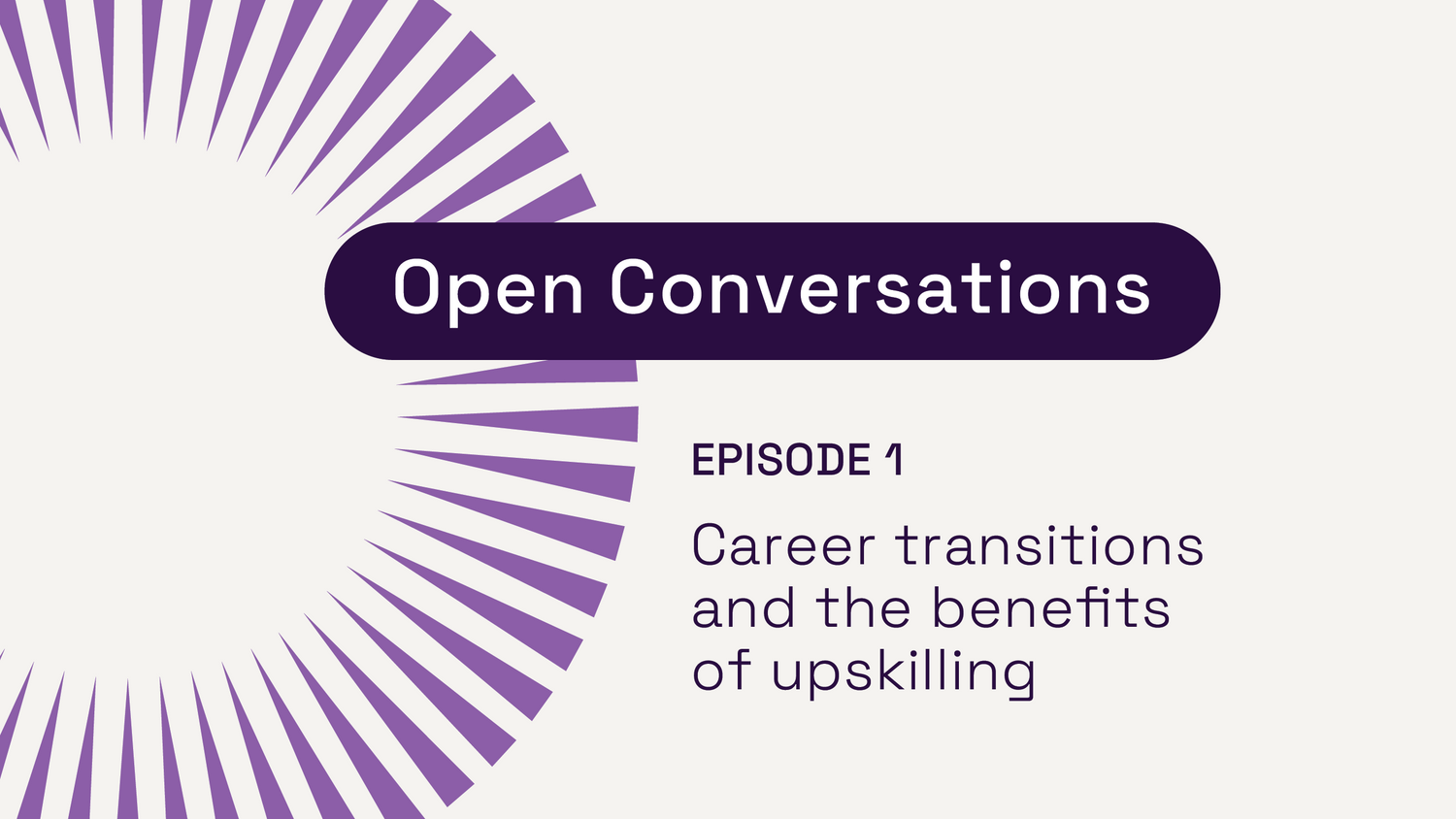Explore our collection of informative and educational blog posts to stay updated on the latest industry trends and expert advice.
16 Innovative Ways to Use Crowdfunding for Education

Let us think of education as the means of developing our greatest abilities, because in each of us there is a private hope and dream which, fulfilled, can be translated into benefit for everyone and greater strength for our nation. –John F. Kennedy
John F. Kennedy’s quote about the goal of education could very well be applied to a discussion of crowdfunding today. Crowdfunding has emerged in education as a means to make private dreams a reality through collective microfinancing. Crowdfunding spread as an idea as artists, idealists, and entrepreneurs looked for ways to harness the power of the technology to finance their ideas.
With success stories like a 3 million dollar crowdfunding on the Kickstarter platform for the video game, Double Fine Adventure, the trend is catching on fast. And with less restrictions supported through recent laws, such as the JumpStart Our Business Startups Act in the US, it’s no wonder educators want to tap into the new financial potential.
Technology has broken down doors and allowed many startups and individuals to pursue diverse goals. Today, crowdfunding has become a practical way for organizations to meet fundraising budgets through many diverse platforms. It has also become a way for individuals to follow their dreams. As you will see crowdfunding is a powerful tool. It’s also more than about money, it’s about the powerful exchange of ideas and the betterment of society.
But how can we tap into this amazing tool to change education?
1. You can use crowdfunding to directly raise money for your education.
Gone are the days when it was parents’ responsibility to pay for college. Students find themselves looking for creative ways to finance their education. Crowdfunding allows students to truly define their own future.
It takes some pressure off of sticking to a traditional career path. Students can create a platform and have friends, family and their communities support their endeavors. For instance, using SmartMe students can request money for books, room and board, and tuition. In return, students can promise to maintain a particular GPA, give time to a charity, or even promise years of work after graduation.
2. Fund scientific or academic research through crowdfunding.
One of the newest trends in crowdfunding is raising money for academic research pursuits. A new portal launched in April of 2012 called Microryza just does this.
I had the chance to speak to Cindy Wu, one of the founders who discussed how Microryza got off the ground in response to their own experiences with research. While at the University of Washington, the founders wanted to study the antibiotic effects of a potential anthrax therapeutic they discovered using a videogame called Fold.it.
Despite being published, they found it was very difficult to raise money for seed stage ideas.
According to Cindy Wu, “Denny and I talked to over 100 researchers around the globe and every single researcher said that they struggle with seed funding for new innovative ideas. NIH the United States largest federal funding source for research grants $30.9B every year. However, NIH rejects 82% of proposals, that’s 41,000 ideas that never see the light of day and, that’s not including projects like mine.”
Drawing on inspiration from kiva.org and their own experiences, they went on to build a crowdfunding research platform. Scientists and researchers can raise money for academic pursuits of their choice. The important distinction between Microryza and others is that researchers do not provide concrete rewards. Instead, they share their research results and use rich multimedia to bring the public into their lab.
It is truly science at its best.
A recent project headed by Dr. Christian Sidor involved bringing a Triceratops found in Wyoming to the Burke Museum of Seattle. According to Dr. Sidor’s page, the limited funding available to Paleontology makes crowdfunding an amazing resource to expand the museum’s collection and share important discoveries.
3. Fund a simple idea, change the world.
Ideas are the driving force behind crowdfunding. Crowdfunding allows individuals to grow their ideas into tangible long term goals. Accountability to the public creates a scenario that makes educational pursuits stay on track. Allowing students to explore the possibilities of crowdfunding in the classroom can be invaluable.
Instead of doing a mock project, why not try to do a real, tangible research project backed financially by parents and the community? Besides providing money, crowdfunding make students really bring their ideas to fruition. Professors might suggest undergraduates seek funding for projects or talk about how ideas have the power to change the world, regardless of financing.
4.Use microfinancing to change a life.
Teachers can use crowdfunding to show students the power of one. For example, Kiva.org uses crowdfunding to alleviate poverty around the world. They argue that much of the world does not have access to financial services, such as loans and savings accounts. Kiva can be used to teach students how the power of ideas can create global change.
Students can track the history of their loan and see how the money is being used. Entire schools or classrooms might use Kiva as a learning opportunity in global outreach. The personal stories provide learning experiences and serve to demonstrate the positive impact of social involvement on a global scale.
5. Use your brain power as an investment.
Some students are using these platforms to give a small share of their income after graduation. In exchange, they can raise money for school or startups. The difference between angel investing and crowdfunding financing is that the product and service is the individual person.
You are the investment in crowdfunding. The money can be used flexibly to finance artistic endeavors, pay for rent, tuition, or books. It allows students to follow their passion and investors to backup someone they truly believe in.
6. Funding platforms allow you to reach the elite educational leaders and entrepreneurs.
Top players in academics and the tech industry are taking note of crowdfunding. Take Paul Gu, a computer science and economics major an Yale and employee for Upstart, who raised 25K through crowdfunding. Investors include the VPs from Google, CEOs at various tech companies, and professors from top tier universities.
They can see candidates’ academic progress and long term goals. Upstart was founded by former Google employees interested in education and was recently featured in the NY Times and Forbes. It is definitely the new financial aid all students need to know about when applying to college.
7. Crowdfunding addresses the great problem of higher education today: Rising costs.
The rising cost of education is a huge economic problem. As described by Economist Baumol in what he coined, “cost disease”, education has a hard time keeping up with rising productivity in other jobs.
Unlike other fields, the productivity of education and medical careers stays relatively the same over time. Baumol studies focused on the peforming arts sector. He argued that the same number of musicians is needed to play a quartet today as was needed in the 19th century. Despite the productivity of other fields increasing, the service industry productivity stays the same and creates rising costs with inflation.
The rising cost of a higher education means something must be done to reach alternate sources of funding. Crowdfunding can be an alternate source of financing that can alleviate the burden of higher education institutions.
8. Teachers can use crowdfunding to gather resources for their classroom.
As a teacher, on average I spent $400 out of pocket a year on supplies and classroom materials. Some statistics show that this is actually a pretty common amount for teachers to spend on their students. A better idea would be to create a classroom wish list. Parents, PTA, and community members might help gather interest in the page and generate funds for class trips, supplies, or workshops.
9. Educational organizations and schools can use crowdfunding to create fundraising goals.
The portals are a great tool to track financial progress that the entire community can see. Crowdfunding makes fundraising simpler and more transparent.
The community tends to be more involved when they see where the money is going. They can make strides made to reach particular goals. Instead of selling chocolate, schools might try to send a letter home explaining what crowdfunding is to parents and community members.
It can be a powerful tool for schools.
10. Crowdfunding is a way to reach greater audiences.
Rather than a local audience for a fundraiser, the global community can reach out to educational pursuits. Crowdfunding can be especially beneficial in small communities that want to expand their reach.
For instance, a school team looking to raise money for a sports team might reach to alumni or people around the world with similar interests. Principals might attend a “crowdfunding bootcamp” with industry professionals or similar workshops to see how these platforms can be used to raise money for their schools.
11. You can customize funding for specific educational endeavors.
Platforms such as GoFundMe allow users to customize their funding to particular needs. Fundraising pages are categorized by need, such as sports fundraising, volunteer trips, or creative projects. Social media can easily be incorporated to further spread awareness about your project.
You can easily share your project on Facebook and Twitter with your network and access people who will probably be interested in financing your pursuits.
12. Funding can be used to finance non-profit and altruistic pursuits.
It allows students to tap into willing investors who are hoping to support the leaders of the future. For instance, several Yale students used crowdfunding to create a nonprofit organization for college seniors called, ReadySetLaunch. The organization helps students from financially disadvantage families through the college application process.
13. Crowdfunding makes us all responsible for the future of education and the arts.
In a recent article, “Crowdfunding: We’re all in this together”, Julie Robinson argues that crowdfunding allows the public to be part of the creative process. We can directly support the arts and education in a time when budget cuts are common.
It allows us to learn more about the process artists and scientists take when funding a project. For instance, it shows the permits, materials, and community resources that need funding to make a project a reality. As part of the requirement, candidates often have to share their progress towards meeting their goal.
It is a great way to learn about the nitty-gritty details behind becoming an artist or scientist.
14. Use crowdfunding as an entrepreneurial exercise.
High schools might try to use platforms as a way to get students to think about future goals. Plus, having the responsibility to finance education makes students develop an entrepreneurial mindset. It’s a win-win situation in that students are both financing their goals and learning how to launch their future businesses or careers.
More focus is put on student goals than ever. The practical application is a learning device in itself. Crowdfunding can be used to showcase the benefit of planning for long term goals and meeting your true potential. These platforms, even if financially unsuccessful, can teach students the value of pursuing long-term goals. They can see examples from other students and business ventures.
Crowdfunding can be a tool to motivate students to succeed.
15. Fund student scholarships.
A Vancouver-based organization, Education Generation, just launched a crowdfunding platform to raise money for student scholarships. The platform has allowed them to reduce overhead cost and partner with 600 donors from around the world.
16. Crowdfunding allows the opportunity for artists to thrive.
In fact, many platforms were started by starving artists as a means of pursuing their true passion. As a professional choice, pursuing art and music is often discouraged for the risk of not being able to earn a suitable living after graduation. There have been countless success stories of artists venturing or using crowdfunding platforms to develop amazing tools and projects for society.
What are some other important ideas to keep in mind? Well, pay a visit to crowdfunding.org to stay up to date with trends. They are a neutral organization comprised of industry experts. The organization has even created a Crowdfunding Accreditation supported by an advisory board of industry leaders and professionals to ensure high standards for the industry. You can find a list of accredited platforms for specific needs here. Keep in mind to use a regulated and reputable crowdfunding platform, as many are out there. Lastly, teach students to follow their true passion and harness the power available to them. You never know what small idea is going to change the world. Money shouldn’t get in the way of that

